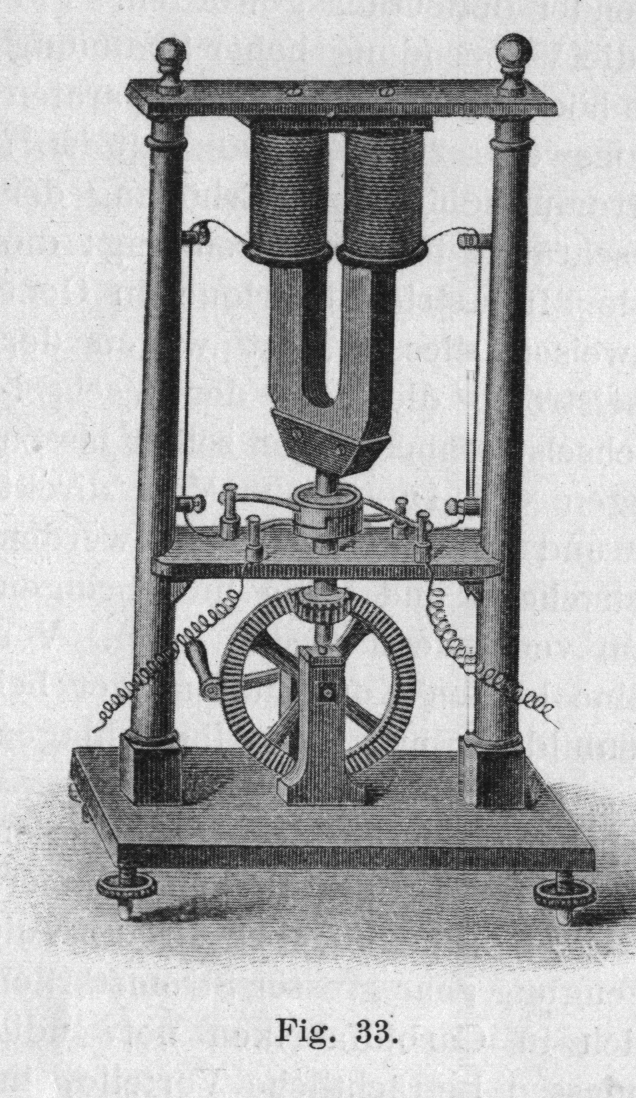Quantum electrodynamics experiment Updated 2025-07-16
Experiments explained by QED but not by the Dirac equation:
- Lamb shift: by far the most famous one
- hyperfine structure TODO confirm
- anomalous magnetic dipole moment of the electron
Sandia National Laboratories Updated 2025-07-16
Square root Updated 2025-07-16
E. Coli K-12 MG1655 gene ytdX Updated 2025-07-16
The "last" gene, and also an E. Coli K-12 MG1655 gene of unknown function.
Wealth tax Updated 2025-07-16
Obviously coupled with measures to prevent capital flight. This would be a required step to achieve Ciro Santilli's dream of unconditional basic income.
Why don't the poor vote in mass for it is incomprehensible considering e.g. the wealth inequality in the United States as of 2020!
Perhaps the election of Donald Trump in 2016 woke up the democrats at last, that they were just making empty promises without actually benefiting the poor? www.vox.com/2019/3/19/18240377/estate-tax-wealth-tax-70-percent-warren-sanders-aoc. Or is just another facade?
Bibliography:
- www.npr.org/sections/money/2019/02/26/698057356/if-a-wealth-tax-is-such-a-good-idea-why-did-europe-kill-theirs If a Wealth Tax is Such a Good Idea, Why Did Europe Kill Theirs?
- www.youtube.com/watch?v=XzonR81vVzM The Mayfair Set, Episode 2 - Entrepreneur Spelt S.P.I.V. (1999) by Adam Curtis explains nicely how in the 60's, Jim Slater bought stock of inefficient companies, and sold off inefficient assets to make a profit.He managed to do that because previously people had regarded those companies as family companies, and never looked into the fact that they families weren't actually majority shareholders anymore.While this increased efficiency, it also fired many people, and the government didn't manage to change legislation fast enough to tax those profits to increase welfare.
K-pop Updated 2025-07-16
Aether drag hypothesis Updated 2025-07-16
Given experiments such as the Fizeau experiment and the Michelson-Morley experiment that couldn't really detect the Earth's movement across aether, people started to wonder if the Earth wasn't dragging the luminiferous aether.
CIA 2010 covert communication websites 2013 DNS Census virtual host cleanup heuristic keyword searches Updated 2025-07-16
There are two keywords that are killers: "news" and "world" and their translations or closely related words. Everything else is hard. So a good start is:
grep -e news -e noticias -e nouvelles -e world -e globaliran + football:
- iranfootballsource.com: the third hit for this area after the two given by Reuters! Epic.
3 easy hits with "noticias" (news in Portuguese or Spanish"), uncovering two brand new ip ranges:
- 66.45.179.205 noticiasporjanua.com
- 66.237.236.247 comunidaddenoticias.com
- 204.176.38.143 noticiassofisticadas.com
Let's see some French "nouvelles/actualites" for those tumultuous Maghrebis:
- 216.97.231.56 nouvelles-d-aujourdhuis.com
news + global:
- 204.176.39.115 globalprovincesnews.com
- 212.209.74.105 globalbaseballnews.com
- 212.209.79.40: hydradraco.com
OK, I've decided to do a complete Wayback Machine CDX scanning of
news... Searching for .JAR or https.*cgi-bin.*\.cgi are killers, particularly the .jar hits, here's what came out:- 62.22.60.49 telecom-headlines.com
- 62.22.61.206 worldnewsnetworking.com
- 64.16.204.55 holein1news.com
- 66.104.169.184 bcenews.com
- 69.84.156.90 stickshiftnews.com
- 74.116.72.236 techtopnews.com
- 74.254.12.168 non-stop-news.net
- 193.203.49.212 inews-today.com
- 199.85.212.118 just-kidding-news.com
- 207.210.250.132 aeronet-news.com
- 212.4.18.129 sightseeingnews.com
- 212.209.90.84 thenewseditor.com
- 216.105.98.152 modernarabicnews.com
"headline": only 140 matches in 2013-dns-census-a-novirt.csv and 3 hits out of 269 hits. Full inspection without CDX led to no new hits.
Electronic design automation phase Updated 2025-07-16
Labour law Updated 2025-07-16
Terrorist attack Updated 2025-07-16
Test data 16 Updated 2025-07-16
Test data 6 Updated 2025-07-16
Text-based game Updated 2025-07-16
Although Ciro Santilli is a big fan of plaintext files and of Vim, not so for games. Games must be easy to understand since they are just a toy.
Tilesets to the rescue!
CIA 2010 covert communication websites activegameinfo.com Updated 2025-07-16
whoisxmlapi WHOIS history March 22, 2011:
- Registrar Name: NETWORK SOLUTIONS, LLC.
- Created Date: January 26, 2010 00:00:00 UTC
- Updated Date: November 27, 2010 00:00:00 UTC
- Expires Date: January 26, 2012 00:00:00 UTC
- Registrant Name: Corral, Elizabeth|ATTN ACTIVEGAMINGINFO.COM|care of Network Solutions
- Registrant Street: PO Box 459
- Registrant City: PA
- Registrant State/Province: US
- Registrant Postal Code: 18222
- Registrant Country: UNITED STATES
- Administrative Name: Corral, Elizabeth|ATTN ACTIVEGAMINGINFO.COM|care of Network Solutions
- Administrative Street: PO Box 459
- Administrative City: Drums
- Administrative State/Province: PA
- Administrative Postal Code: 18222
- Administrative Country: UNITED STATES
- Administrative Email: xc2mv7ur8cw@networksolutionsprivateregistration.com
- Administrative Phone: 5707088780
- Name servers: NS23.DOMAINCONTROL.COM|NS24.DOMAINCONTROL.COM
Superconducting qubits are bad because of fabrication variation Updated 2025-07-16
However superconducting qubits have a limit on how precise their parameters can be set based on how well we can fabricate devices. This may require per-device characterisation.
Ciro Santilli's Chinese name Updated 2025-07-16
ELF Hello World Tutorial
SHN_ABS Updated 2025-07-16hello_world_len points to the special st_shndx == SHN_ABS == 0xF1FF.0xF1FF is chosen so as to not conflict with other sections.st_value == 0xD == 13 which is the value we have stored there on the assembly: the length of the string Hello World!.This is small optimization that our assembler does for us and which has ELF support.
Hippolyte Pixiis alternator Updated 2025-07-16
MongoDB Updated 2025-07-16
List databases:
echo 'show dbs' | mongoShow all data from one of the collections: stackoverflow.com/questions/24985684/mongodb-show-all-contents-from-all-collections
echo 'db.collectionName.find()' | mongo mydb Unlisted articles are being shown, click here to show only listed articles.
